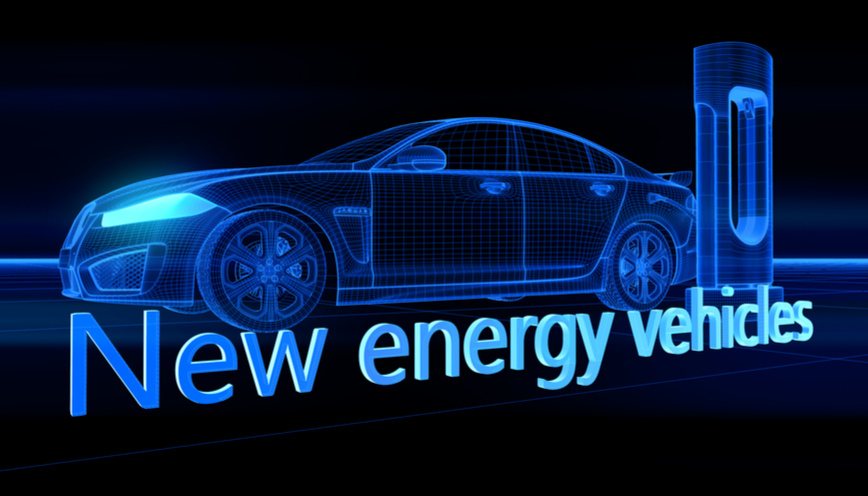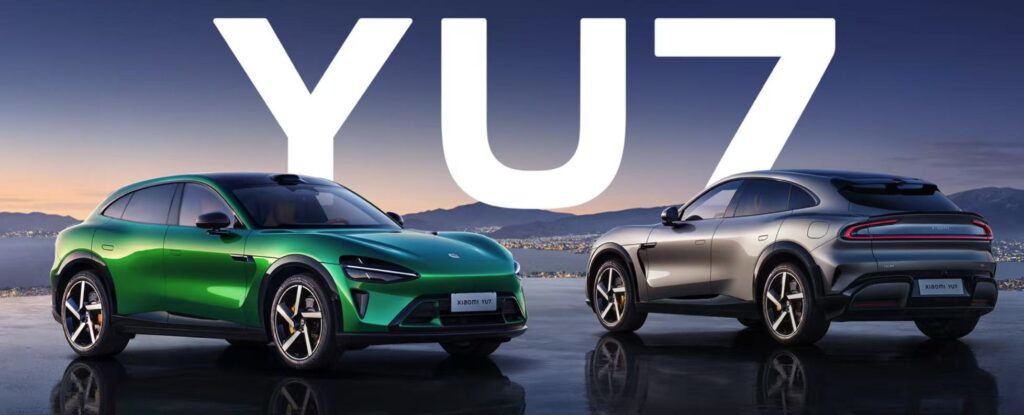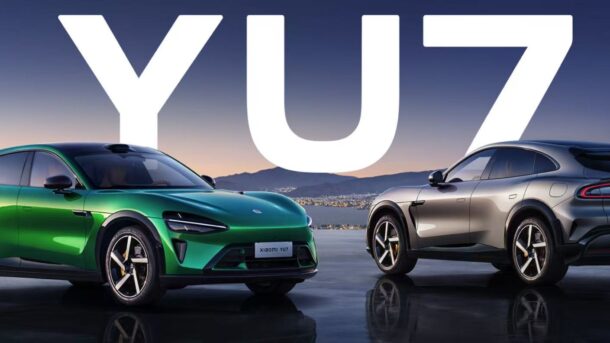In 2025, the global new energy vehicles market presents a differentiated picture of “the East accelerates, the West stumbles”, with China leading the world with a penetration rate of nearly 50%, Europe struggling to move forward in the subsidy slopes, and the North American market experiencing weak growth in the policy swing.

This is a global slice of the new energy vehicle industry in 2025: China’s exports of new energy vehicles in the first half of the year grew 116.6% year-on-year, and BYD’s overseas shipments exceeded 85,000 units in a single month; the new energy penetration rate in the European market, however, has fallen back to 20.1%3 from 31.1% in 2022; and the North American sales growth rate has dropped to single digits.
When Tesla slipped to seventh place on the monthly sales list in China, the world’s largest new energy vehicle market, an industrial change driven by technology routes, industrial policies and consumer preferences is reshaping the trillion-dollar track.
Global Markets: Triple Polarization, Disparate Growth Rates
Driven by global carbon neutrality targets, the new energy vehicle industry is reshaping the automotive market landscape at an unprecedented rate. global new energy vehicle sales reached 9.1 million units in the first half of 2025, an increase of 28% year-on-year, but the regional development presents a significant imbalance.
| Region | 2025 H1 Sales (10k units) | YoY Growth | Key Features |
|---|---|---|---|
| China | 550 | 32% | 44.3% market penetration |
| Europe | 200 | 26% | Spain +85%, Volkswagen leads |
| North America | 90 | 3% | U.S. +6%, Canada -23% |
| Other Regions | 70 | 40% | Boosted by ASEAN policies |
Source: Rho Motion & China Association of Automobile Manufacturers (2025 H1)
China, the largest single market, saw NEVs account for 44.3% of all new car sales. Plug-in hybrids (PHEVs) surged 85.2% to 1.92 million units, easing range anxiety. BYD led with 2.15 million sales.
Europe grew steadily, with Spain up 85% and Volkswagen’s EV deliveries jumping 89%. However, France fell 13% after subsidy cuts.
North America slowed significantly. Canada’s sales dropped 23%, while the U.S. grew just 6%. New tax credit cancellations may further impact the market.
Globalization of Chinese Brands: From Going to Sea to Taking Root
China’s new energy vehicles exports reached 1.06 million units in the first half of the year, soaring 75.2% year-on-year2, but the depth of globalization varies significantly:
- BYD became the benchmark of globalization: overseas sales of 470,000 units, up 132% year-on-year, Atto 3, Dolphin and other models are hot sellers in Europe and Latin America
- New forces are divided: Azure, Xiaopeng, etc. export less than 100,000 units, most of them are in the market exploration period.
- Transformation of technology export: BYD doubled the capacity of its Thailand plant, and LONGi’s Saudi Arabia photovoltaic project has realized the system of “technology+capacity+standard” to go overseas.
In Norway, the European electric vehicle “laboratory”, Chinese brands have occupied 10% market share. The Secretary General of the Norwegian Electric Vehicle Association pointed out that “there has been a fundamental shift in consumer perception, and Chinese cars are regarded as good cars, with excellent technology and competitive prices”.

Product and Technology: Diversified Innovation Paths
Xiaomi YU7’s outburst represents a breakthrough in premiumization for Chinese brands:
- Performance innovation: dual-motor version accelerates to zero hundred in 2.95 seconds, 0.7 seconds faster than Tesla Model Y Performance.
- Range breakthrough: single-motor version of CLTC has a range of 820km, and -10℃ range achievement rate is 81%.
- Ecological integration: Surge OS realizes 0.3 seconds interconnection between car and Mijia devices, 33% of users are from Tesla’s additional purchase.
The model was listed for 18 hours to lock the order of 240,000 units, and the combination of accurate pricing (10,000 yuan lower than the Model Y) and performance configuration has successfully calibrated the demand of technological family users.
The technology route presents a dual-track parallelism:
- Pure electric technology depth: 800V high-voltage fast charging popularization (millet YU7 charging 5 minutes to make up 227km), solid-state battery commercialization acceleration
- Hybrid scene expansion: PHEV growth rate exceeds pure electric power, to solve the full scene of travel needs
- Energy ecology construction: the rise of “light storage and charging” integration mode, new energy vehicles gradually integrated into the new power system.
Challenges and the future: reconfiguring the rules in the game
Continued pressure from trade barriers: EU tariffs on Chinese pure EVs forcing BYD and others to shift to PHEV exports; elimination of US IRA tax credits will dampen demand.
Profitability and technology balance problem highlights: average price of mid- to high-end models fell 15% year-on-year, price war squeezes profit margins, but solid-state batteries and other R&D need to continue tens of billions of dollars of investment.
Infrastructure is still the key to popularization: as of June 2025, China’s new energy vehicle ownership reached 36.89 million, accounting for 10.27% of the total number of vehicles, and the extension of the charging network to the sinking market has become a new focus.
Conclusion: Irreversible electrified future
As China’s NEV penetration exceeds 44.3% and 1 in 5 Volkswagens in Europe becomes electric, this shift is irreversible. Beyond power systems, it’s reshaping smart ecosystems, energy networks, and user value. Chinese automakers evolve from capacity exporters to standard-setters, while traditional giants rebound. Future leadership hinges on balancing performance, ecology, and cost—a vital business and sustainability imperative.


